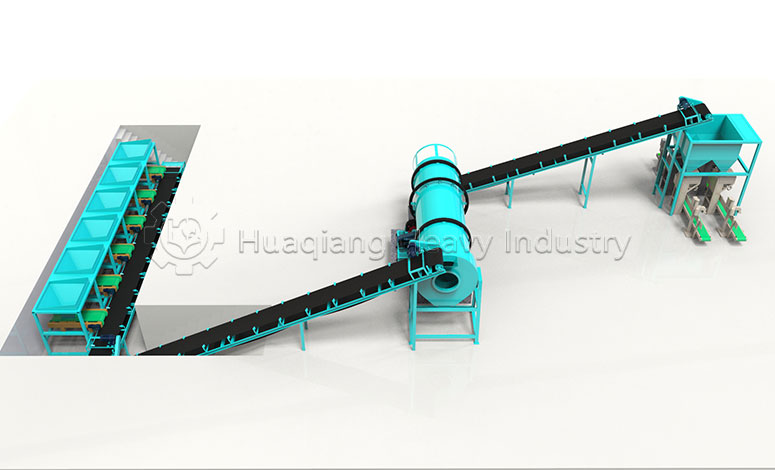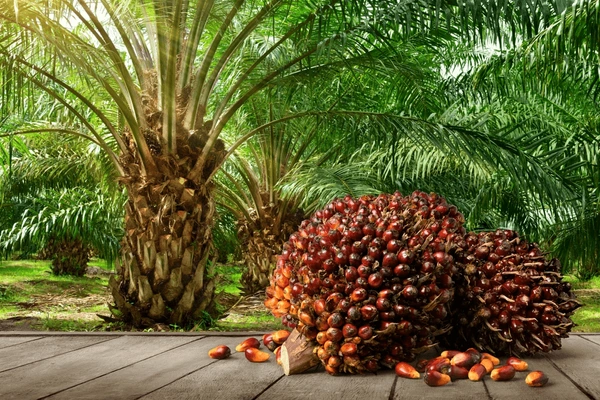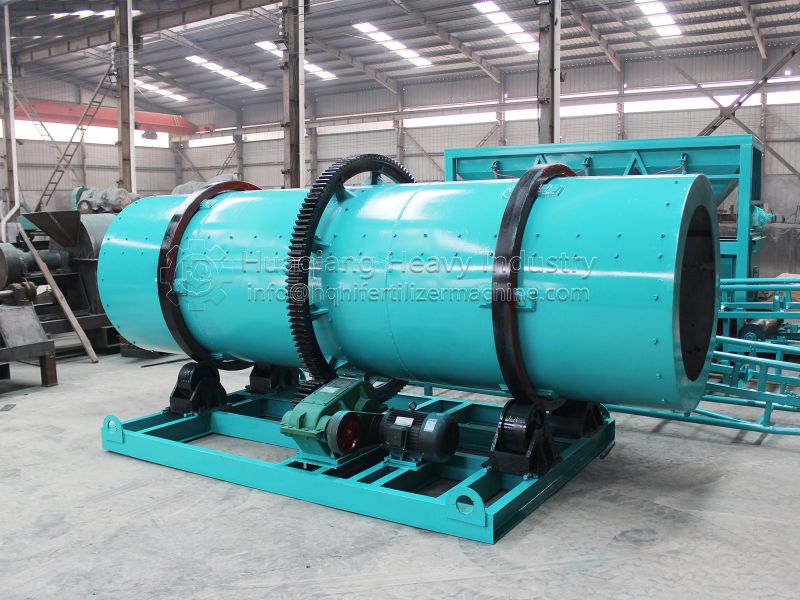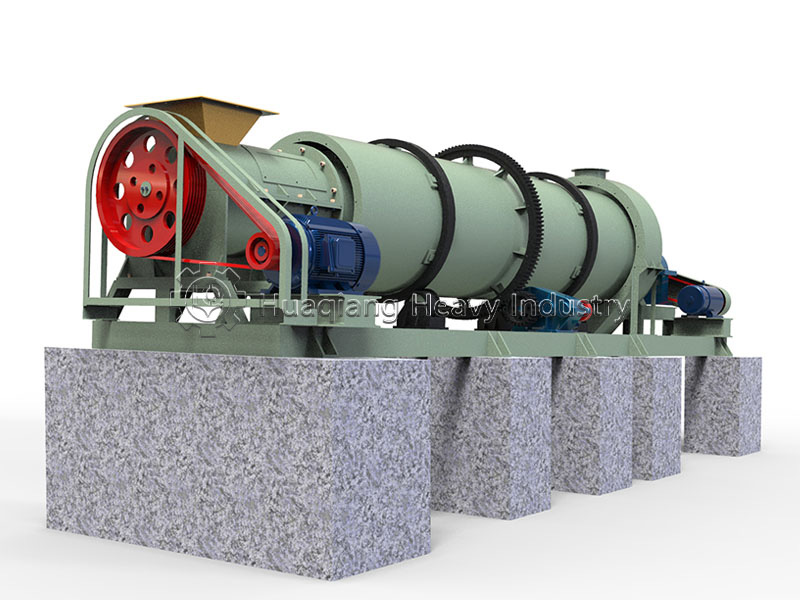Bio-organic fertilizer uses organic waste as raw material, which is transformed through microbial fermentation. The production line must follow scientific process specifications, with core components encompassing four main modules: raw material pretreatment, microbial fermentation, deep processing, and finished product inspection. Each step is interconnected to ensure product quality and fertilizer efficacy.

Raw material pretreatment is the foundation of production. First, organic raw materials such as livestock and poultry manure, straw, and kitchen waste must be screened, removing impurities such as stones and plastics to avoid affecting subsequent processing. Then, the raw materials are refined using crushing equipment to increase the contact area with microorganisms. Simultaneously, the carbon-to-nitrogen ratio and moisture content are adjusted proportionally, generally controlling the carbon-to-nitrogen ratio at 25:1-30:1 and adjusting the moisture content to 55%-65%, creating suitable conditions for microbial fermentation.
Microbial fermentation is the core process of the production line. After the prepared raw materials are evenly mixed with functional microbial agents, they are fed into a fermentation tank for aerobic fermentation. During fermentation, a compost turning machine is needed to regularly turn the material to ensure sufficient oxygen and control the temperature at 55℃-65℃. This temperature kills pathogens and insect eggs while promoting microbial activity. After 7-15 days of fermentation, the raw material is fully decomposed, transforming into a semi-finished product rich in humus. Temperature and humidity parameters must be monitored in real time to ensure complete fermentation.
The deep processing stage determines the product form and application scenario. The decomposed material is dried to reduce moisture content to below 15% to prevent mold growth during storage. Then, secondary crushing and sieving remove incompletely decomposed impurities, resulting in a fine organic fertilizer base. Depending on market demand, further granulation can be performed. Granulation equipment is mostly provided by professional fertilizer machinery manufacturers, commonly using disc granulators. This processes the base material into uniform granules, significantly improving the convenience of transportation and application, and reducing nutrient loss during application. To extend fertilizer effectiveness, a coating process can be added after granulation to prolong the fertilizer release period.
Finished product inspection and packaging are the final quality control step. The processed finished products undergo testing for nutrient content, pH value, heavy metal content, and other indicators. Only those meeting national standards are allowed to proceed to the packaging stage. Automated packaging equipment completes quantitative dispensing, sealing, and product information labeling before final storage or market distribution. Through precise control at each stage, the entire bio-organic fertilizer production line achieves resource utilization of organic waste, producing highly efficient and environmentally friendly bio-organic fertilizer.












